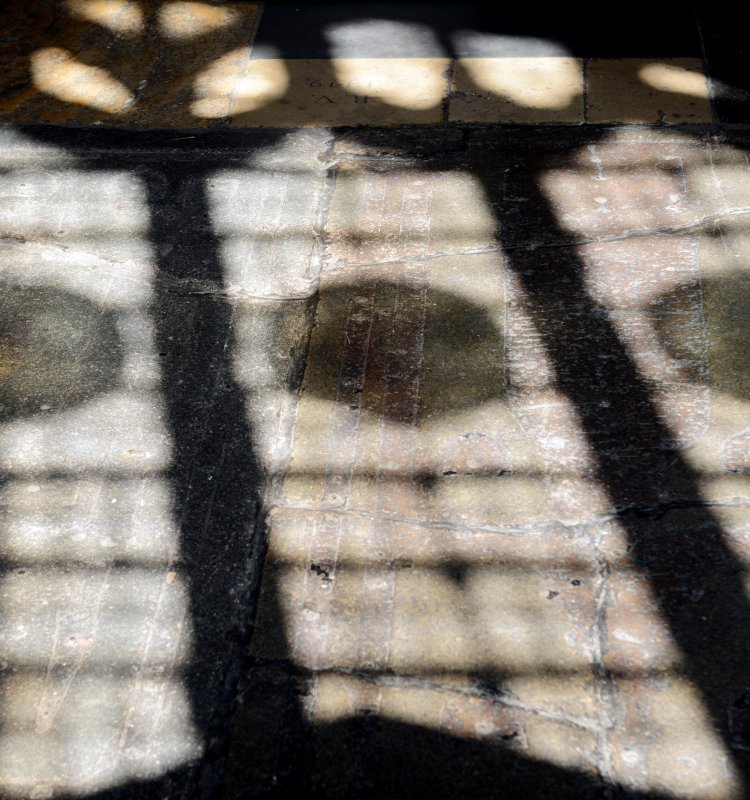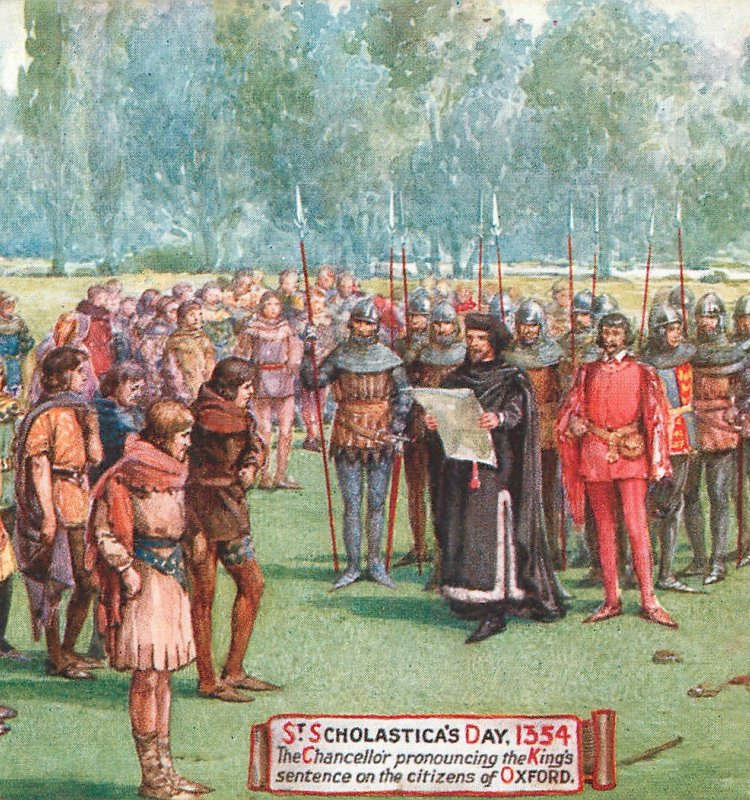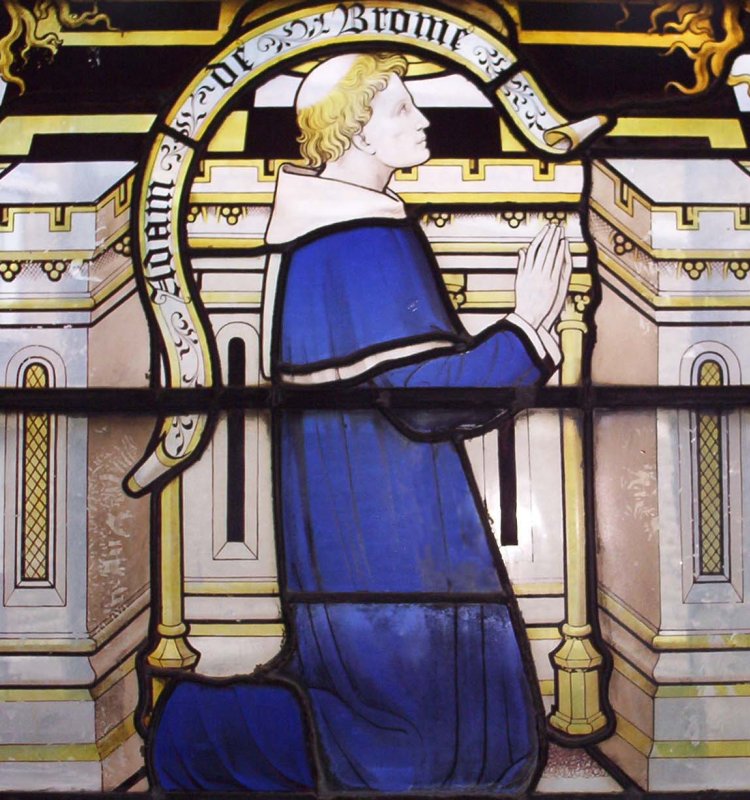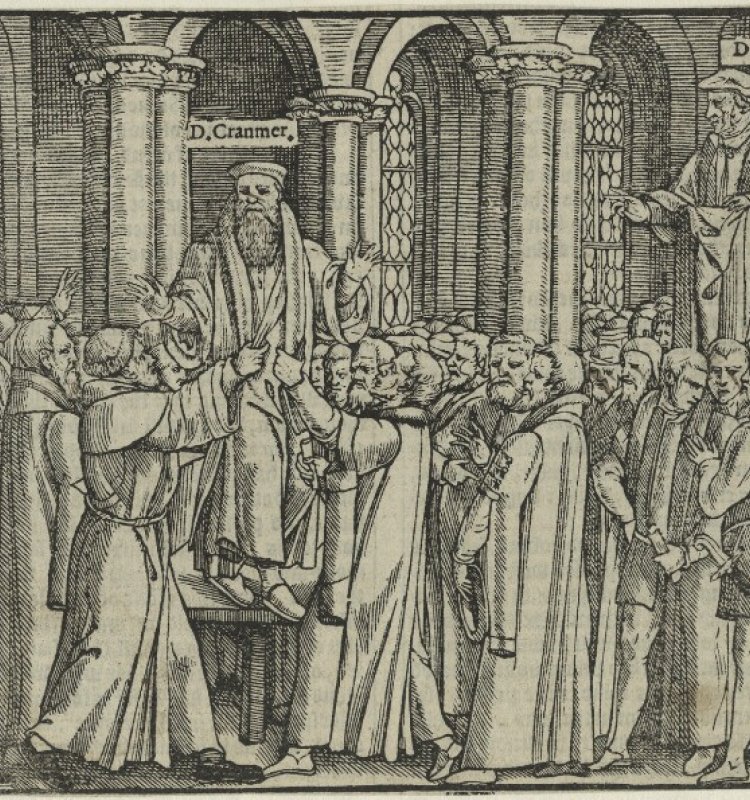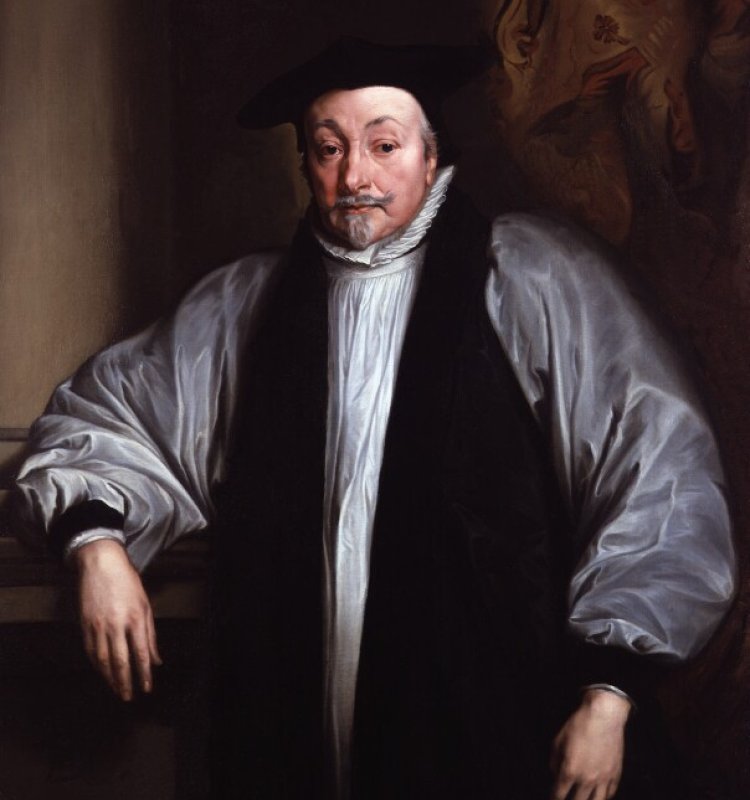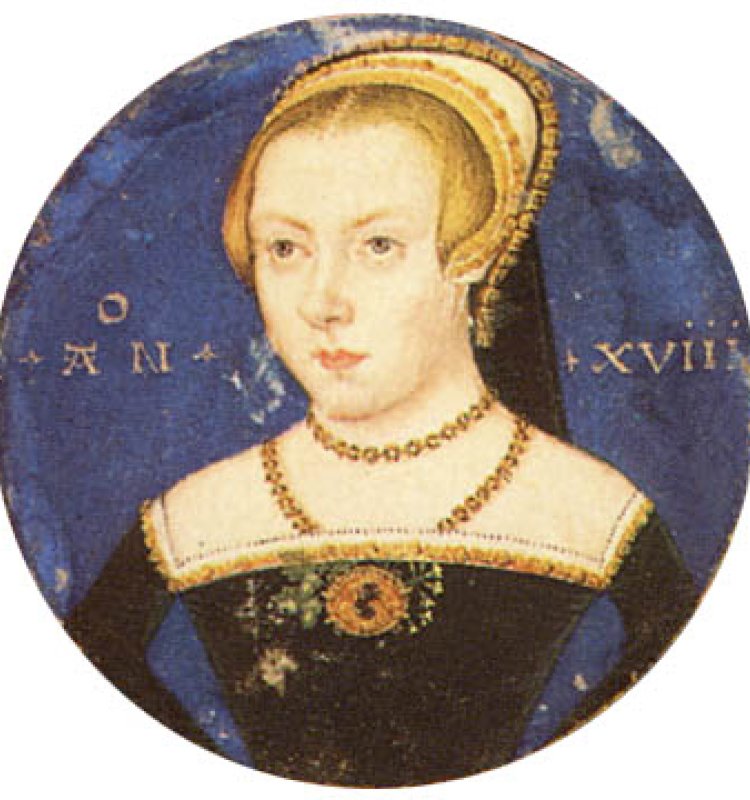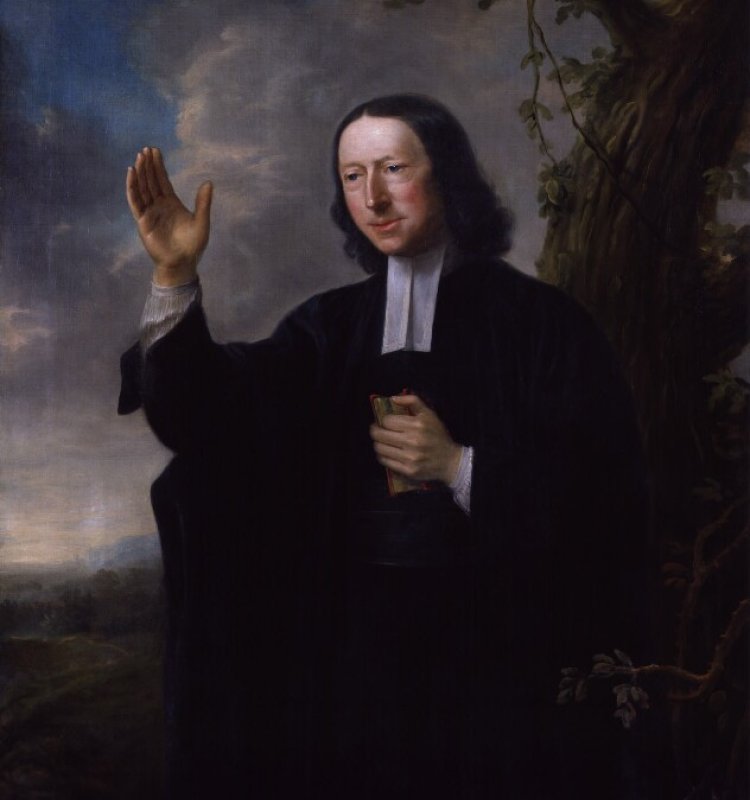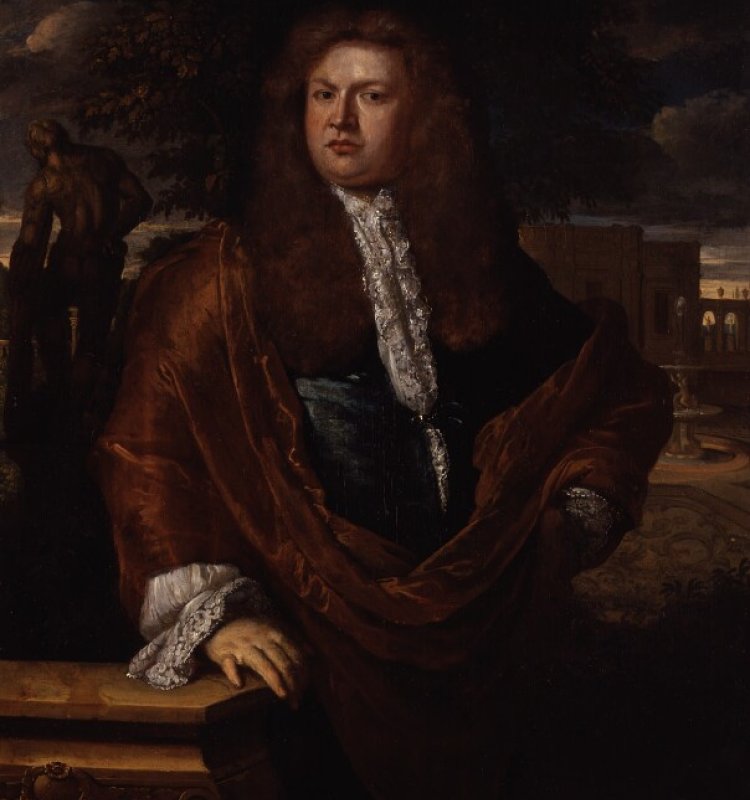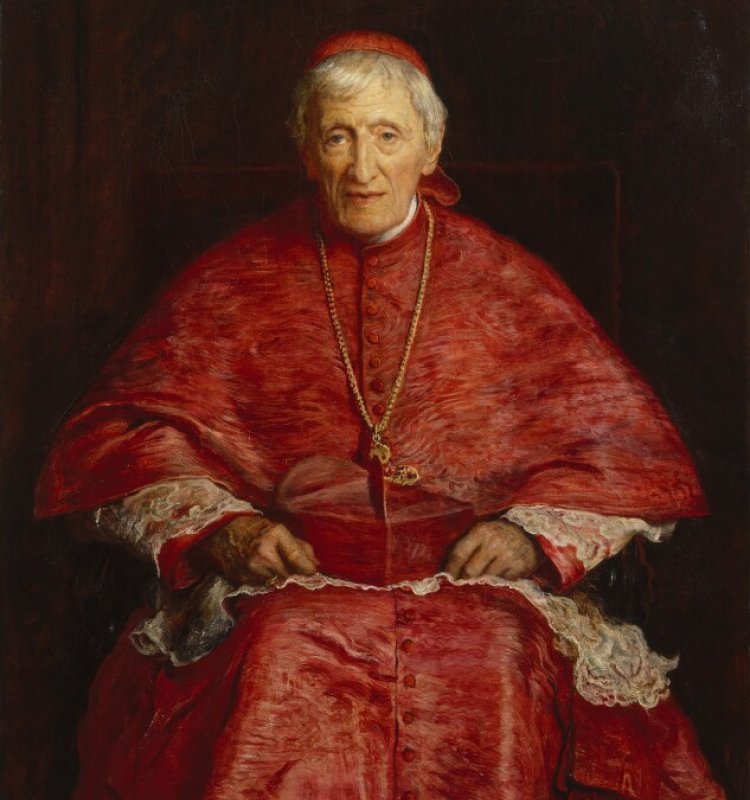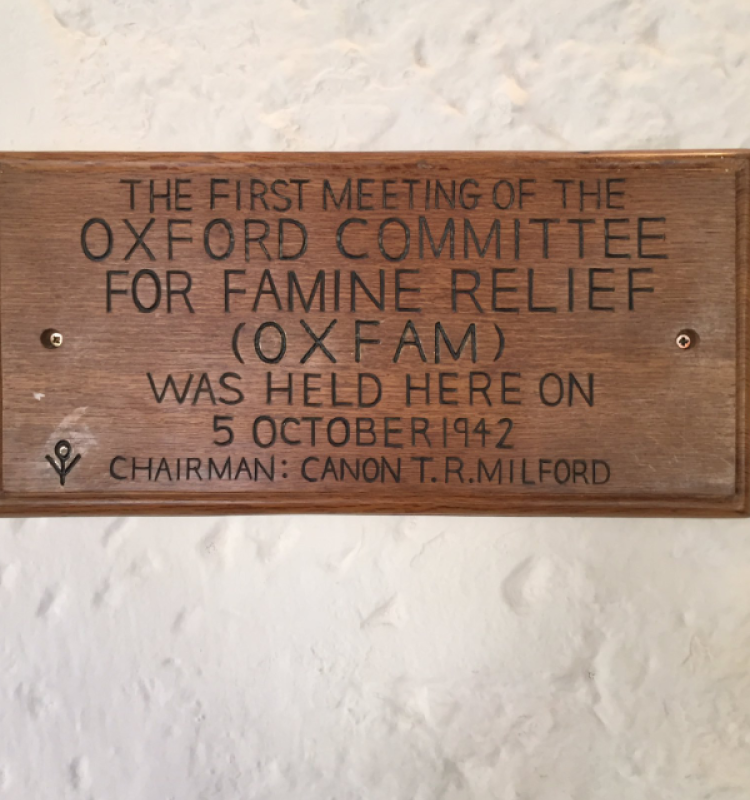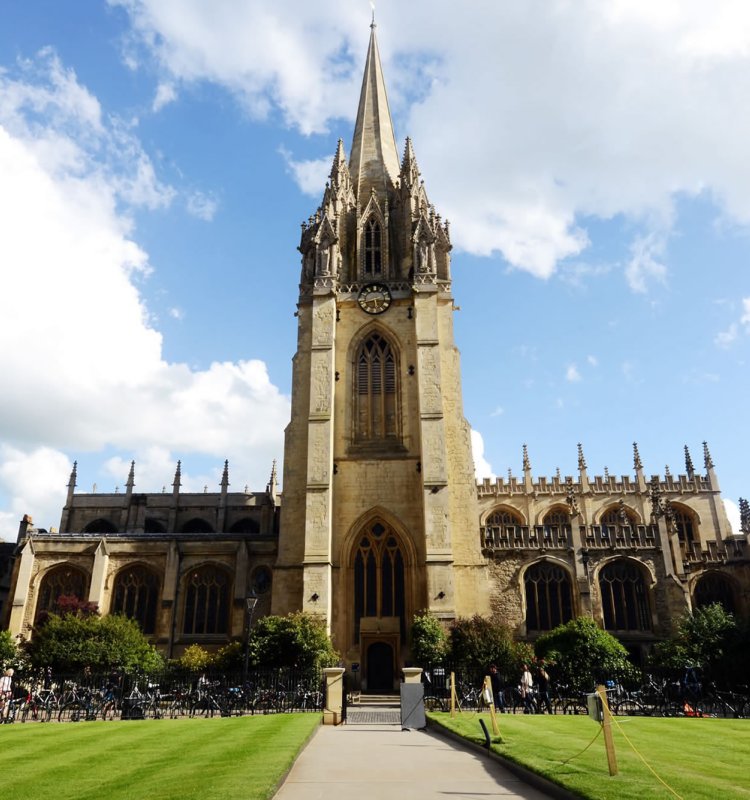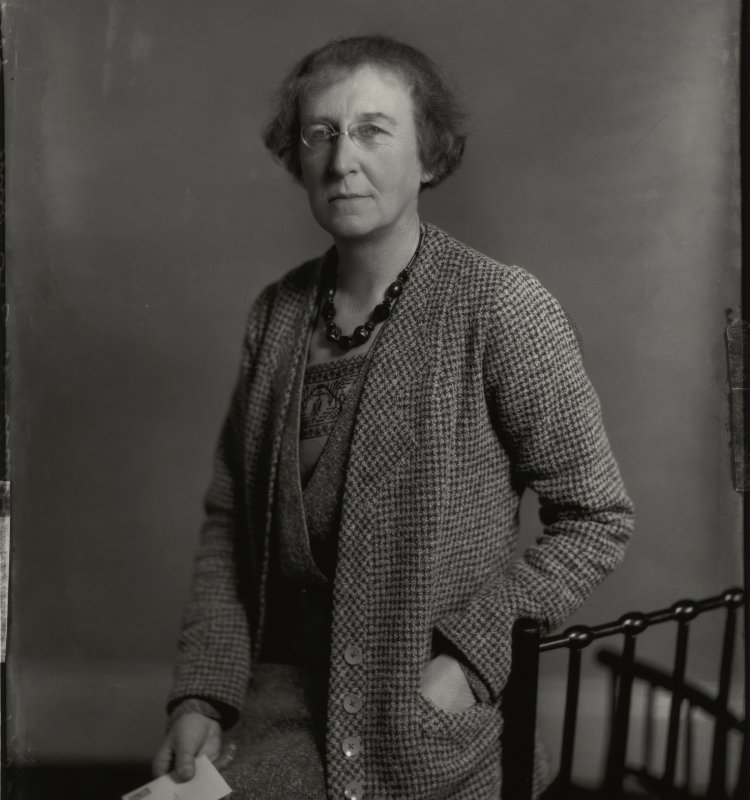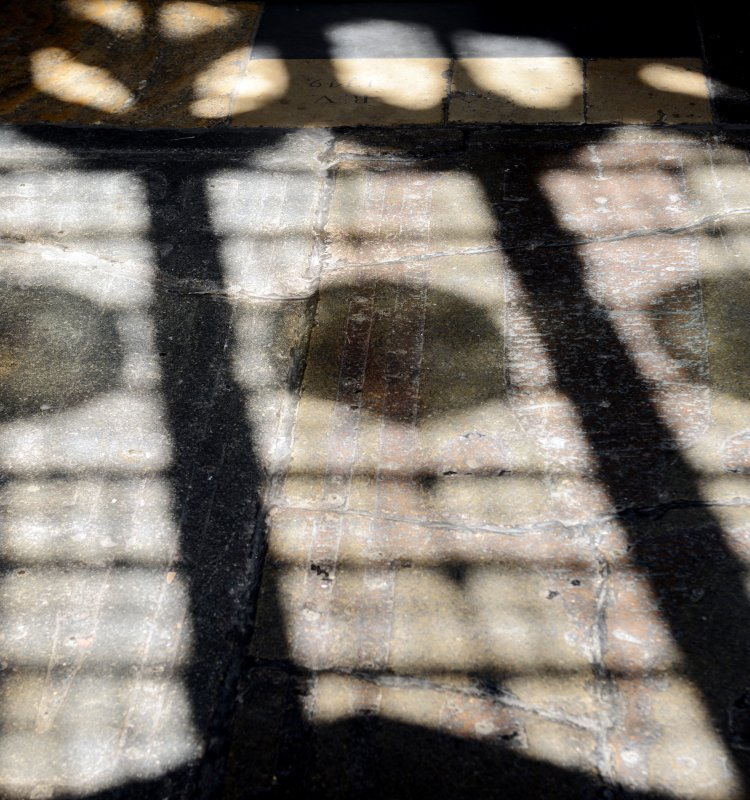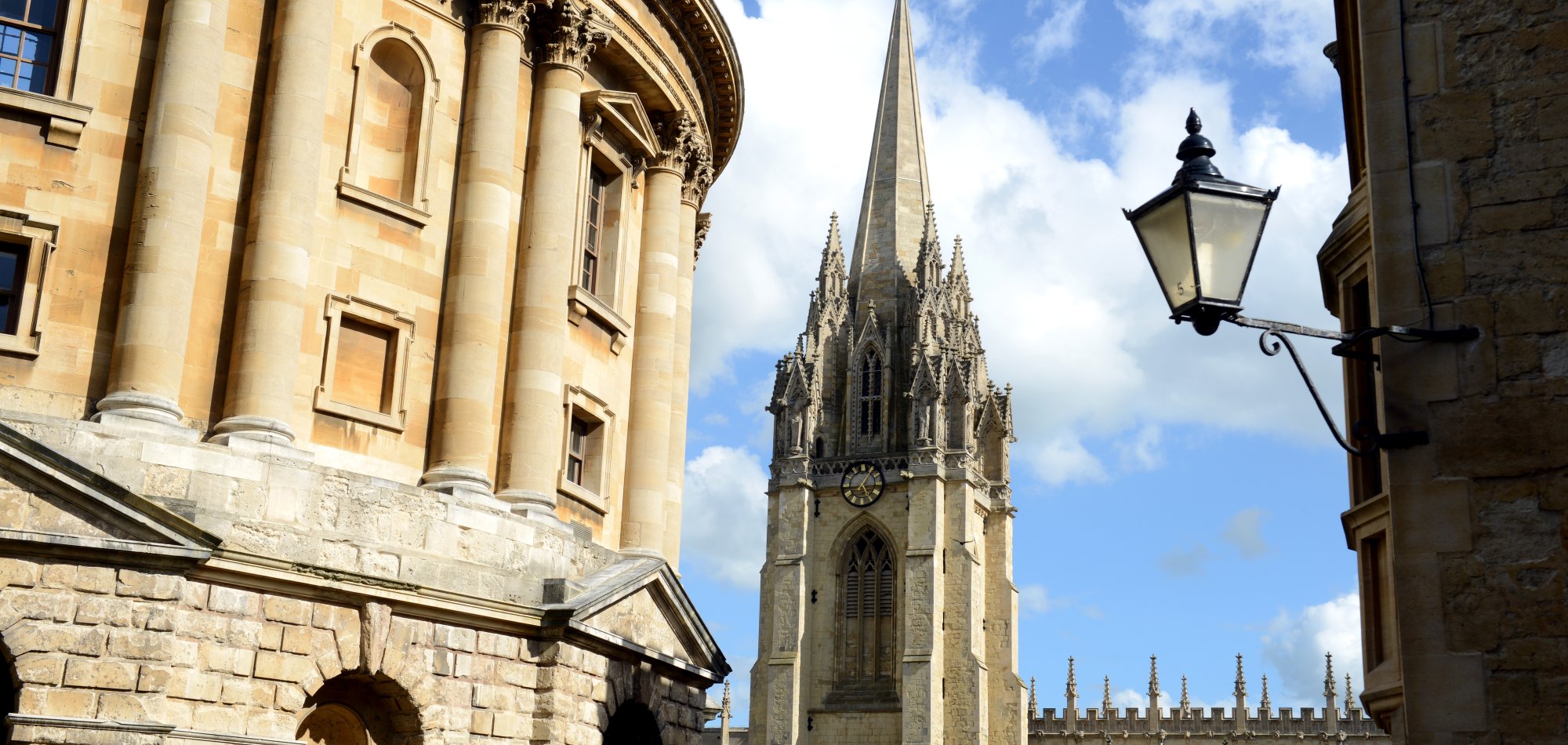
The University Church has a rich and intriguing history. From its beginnings over a thousand years ago, St Mary's has witnessed the foundation of the University of Oxford and some of the most significant events in English church history.
We know very little about the first church to be built on this site, but by the twelfth century, St Mary’s was at the heart of the growing medieval university. The students and academics of the university gathered in St Mary’s for special occasions such as the awarding of degrees, as well as for services. When the university as a whole needed to make decisions, all the academics – so-called members of Congregation – would meet in St Mary’s to vote on important matters. The oldest part of the church that remains is the tower, begun in the 1270s. The decorated spire was added in the early fourteenth century and is one of Oxford’s best-known landmarks.
As the university grew, the need for a proper library became evident. St Mary’s was the obvious place to keep the books; they would be safe but could still be read. There wasn’t much space in the church itself, so in 1320 plans were drawn up for a new building next door. It was to have a library on the first floor, and on the ground floor a new room for meetings of Congregation. The library remained here until 1488, when the University finished the new Duke Humphrey’s Library (the oldest reading room in the Bodleian Library) to house its growing collection. Meanwhile, Congregation continued to meet here, in what is now the church cafe, until 1640, when a new Convocation House was built next to the Bodleian.
Town and gown both came to St Mary’s, but there was often friction between them. Sometimes the situation got out of hand – and with fatal consequences on one notorious occasion. In 1355, some students complained about the ale in an Oxford tavern, and in a situation already tense with distrust between townspeople and the university, this became the excuse for a pitched battle between armed groups. The scholars came off worse with 63 of their number killed. But the University forced the town to make amends, and every year – on St Scholastica’s day, 10 February – the mayor had to march barefoot to St Mary’s to pay a fine.
The many activities of medieval church life put great strain on the building, and by the late 1400s it was starting to crumble. Thanks to some shrewd fundraising, the chancel was rebuilt in the 1460s with wooden stalls arranged in the style of a college chapel. The nave, however, was still in a very bad state. Rain regularly came through the roof, and people avoided the church in storms because they feared the old beams might fall on top of them! The University and its friends rebuilt the whole nave in the fashionable ‘Perpendicular’ style of the day, with clean straight lines and plenty of light. A stone pulpit was set up in 1508 so that sermons could be heard more easily and a ‘paire of organs’ was also installed. By 1510 the building work was complete, and the University officials could breathe a sigh of relief. Little did they know what great upheavals awaited them.
King Henry VIII was initially very hostile to the Reformation that was happening on the continent, and he was keen to make sure that the universities shared his views. A condemnation of Luther’s ideas was fastened to the sundial at St Mary’s, and at least one student had to stand in the church and publicly repent of his support for the German friar, Martin Luther. Henry needed a divorce, and when the Papacy blocked this he broke decisively with the Roman Church in 1534. His son, Edward VI, was more enthusiastic about the Reformation and, with Archbishop Thomas Cranmer, he set about ridding the English Church of all the practices he associated with Catholicism. Cranmer brought in an eminent Italian, Peter Martyr Vermigli, as the royally appointed or ‘regius’ professor in the University of Oxford, hopeful that he could persuade a generation of students and future clergymen of the truth of the Reformation. Students flocked to hear his sermons, including those from the pulpit at St Mary’s. In a complete reversal of Henry’s policy, the government was now using the University Church to explain and defend the new ideas of the Protestants.
The Edwardian Reformation was intense but it was short-lived. In 1553 the young king died and his half-sister, Mary, took the throne. Mary’s Catholicism was sincere and unwavering, and she did her best to bring England back into the Catholic fold. She ordered all the churches to celebrate the Mass in the old way, on an altar and with incense and the right clerical robes. St Mary’s must have been keen to do this, for in 1554 the parish spent a huge amount of money on robes for the clergy in red and gold, on replacing the altars and on the candle-sticks and crosses for processions. The main obstacles to Mary’s policies were the English bishops; those who opposed her were tried for heresy and several, including the Archbishop of Canterbury, were burned at the stake.
Mary died in 1558 and her half-sister Elizabeth came to the throne. England became Protestant once more. Elizabeth was willing to allow some decoration and music – much to the horror of her more puritan subjects. The nature of English religion remained contested and by the reign of Charles I religious divisions were becoming deeper. William Laud, Charles I’s Archbishop of Canterbury, spearheaded a programme to renew the ‘beauty of holiness’ and although some people appreciated this others feared it signalled a return to Catholicism. Opposition to the king and his archbishop erupted in 1642 into civil war. Oxford remained loyal to Charles and he and his courtiers would come over to St Mary’s to hear sermons. But Charles lost the civil war, and in 1646 the town had to surrender to Parliament. In came a new wave of preachers, who now insisted that God preferred Parliaments. The Parliamentary regimes of the 1640s and 1650s wanted a church that was simpler, plainer, and properly ‘Protestant’. St Mary’s was at the centre of these religious debates.
After the turbulence of the Reformation and civil war, the people of the eighteenth century were wary of strong religious feelings. They aspired to be reasonable and ‘polite’ (a fashionable compliment) – no one wanted to be called an ‘enthusiast’. Some churchmen were disappointed by the cold, seemingly complacent faith they saw around them and wanted to reawaken a sense of religious commitment. John Wesley was especially keen to revive the Church and his heartfelt, passionate sermons drew large crowds up and down the country. He was invited to preach at St Mary’s three times; his last sermon, in 1744, was such a powerful attack on the University’s spiritual apathy that he was never asked to return. Undeterred by the reaction of Oxford, Wesley continued his ministry and the movement he founded became the Methodist Church. It was not until nearly a century later that Oxford was ready for spiritual renewal.
The early years of the nineteenth century saw a rapid rise in undergraduate numbers, and space was at a premium in the church during important sermons and ceremonies. To ease the over-crowding, the University installed new galleries for the undergraduates, on the West and North sides of the church. (The West gallery is still here.) They also provided a new pulpit, raised above the nave so that the undergraduates could hear sermons more clearly. The work was completed in 1827, and the next year Oriel provided the church with a young vicar, a promising Fellow of the college called John Henry Newman. Newman would take advantage of this great opportunity, and his ministry at St Mary’s would have a profound impact – not only in Oxford but on the whole Church of England.
Newman was a man of great seriousness of purpose, worried that the Church was being squeezed out of national life, as public and political life began to be opened up to those outside the Anglican Church. He called for a revitalisation of the Church and a strengthening of its role in society, as the sacred body of Christians past, present and future. Eventually he decided that only the Roman Catholic Church could trace itself back to the time of Christ, and in 1845 he converted to Catholicism. Most of his friends, however, remained in the Church of England. They believed that it was part of the ancient Church begun by the Apostles, and they wanted to renew the Church of England, not abandon it - the ‘Oxford Movement’ soon swept across the country. Thanks to Newman and the Oxford Movement, churches were adorned once more, with stained glass and with intricate decorations.
It was not only the building which was restored; the life of the church was also revitalised in the Victorian and Edwardian period. At St Mary’s, some of the leading philosophers and clergymen of the day set out to dispel the fears of many contemporaries and to show how science and scholarship could strengthen rather than diminish faith. One of the most successful was Frederick Temple, Bishop of Exeter; in a series of Bampton lectures at St Mary’s in 1884 he argued that new scientific ideas (especially Darwinism) were easily reconciled with religious belief. Temple, like the best clerics of his generation, knew that the Church could not avoid hard questions but had to show how its principles were still relevant in their own time. Faith needed understanding, and science should be seen as an ally not an enemy.
St Mary’s has played a leading role in the life of the Church of England; but over the last hundred years it has also worked for the wider community. In the period leading up to the Second World War, the life of this Church was shaped particularly by what became known as ‘the social gospel’. This was a movement committed to applying the teaching of Jesus to social and economic issues in the world, and to alleviating poverty and injustice within society. In England, the chief figure was Archbishop William Temple, who insisted that Christians should live out their faith not only in their personal lives but through their efforts to reform society as a whole. In 1931 he led a mission in St Mary’s which was said to have inspired a whole generation of undergraduates to become priests in the Church of England. These young men believed that they could really make a difference in the world through their work as clergymen.
In 1939, the Vicar of St Mary’s, Canon Dick Milford, welcomed a group of German Jewish converts to Christianity who had fled from Nazi persecution, inviting them to worship in this church. This was a gesture of friendship and of practical Christianity at a key moment in time, for the Second World War would break out later that year and Britain and Germany would go to war against each other. The congregation was led by a brave and scholarly Lutheran pastor, Hans-Werner Kramm, and among its members was Sabine Leibholz-Bonhoeffer, twin sister of Dietrich Bonhoeffer. The German Lutheran congregation still meets here once a month for worship, drawing a congregation from the many German speakers living in and around Oxford.
The Second World War caused terrible suffering, and the people of Oxford and St Mary’s were anxious to do more to help the people affected by the fighting. They were particularly troubled by the Nazi occupation of Greece and the consequent Allied naval blockade, which led to acute famine for the Greek people. Early in the 1940s, fund-raising Committees for famine relief were set up in London and several other British cities, and in 1942 an Oxford Committee for Famine Relief met in the Old Library of the University Church. It was chaired by the Vicar, Dick Milford. This was the first meeting of what would later become OXFAM, the major international relief agency we know today.
In the latter part of the century, Britain saw a massive drop in the numbers of people attending church as secularisation took hold and people began to question the religious assumptions of the past. St Mary’s managed to buck this trend with the help of a succession of lively, academic associate priests, who ran a series of exploratory courses under the general title, ‘In search of God’. They found that students, parishioners and visitors were drawn to these courses, in which they could examine their own ideas and beliefs and come to their own conclusions about the traditions and values of Christianity. In recent years, the Church has also begun an education programme aimed at school children and visitors, thanks to a major grant from the Heritage Lottery Fund. Many people from the congregation and beyond act as welcomers and guides, serving the thousands of visitors who enjoy this historic and inspiring church every year. And the Church has embraced new technologies, like the web, as part of its ongoing mission to help people understand the faith and the history of this place.
